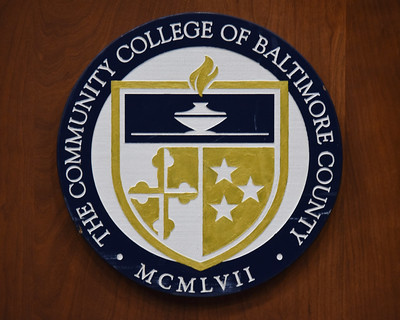Yesterday, I looked at the rising enrollment at Odessa College, a community college in Odessa, TX. (OC also offers a bachelor’s degree program.) I’m looking at schools where community college enrollment is rising, and how these increases have happened. Today, I’m looking at the Community College of Baltimore County (CCBC).
How did CCBC increase community college enrollment?
Like practically every other community college in the United States, CCBC had to move quickly to online education last March. That semester, CCBC had about 15,000 students enrolled in its classes. When the switch to online delivery occurred, about one-third of CCBC’s students dropped their courses. That’s a devastating response to adversity, not only for CCBC, but more importantly, for its students.
Online classwork demands a lot of the student, and community college students in particular struggle to survive online classes. In some cases, the students don’t possess the skills to manage online course delivery successfully. Other students lack the technology to access their coursework. Still others don’t have the space at home, or their homes do not offer an environment that’s conducive to learning. These deficits don’t just interfere with students’ classwork on a semester-by-semester basis. Degree programs build on materials the students learn in each semester. One bad semester all but guarantees future hardships. For community college students, this often leads to the decision to leave school altogether.
For CCBC President Sandra Kurtinitis, this was a call to action. She offered free community college tuition to CCBC students. Using a combination of the school’s CARES Act funding, and federal, state and local funds, she plowed as much money as she could find into financing the educations of CCBC students.
CCBC launched an expansive marketing campaign ahead of the fall semester to make sure students (and prospective students) knew that community college enrollment was a viable option for anyone who wanted to take classes.
Online classes are risky for community college students
Because of the nature of the educational programs at a community college, enrollment in online-only classes isn’t possible for some students. For example, occupational programs emphasize skill-building, so they require hands-on learning. But some students simply perform better in in-person classes – regardless of the subject matter. They may need the structure of an in-person class, or direct contact with a teacher to succeed. So CCBC focused on offering 20% of its classes in-person for those students who wanted or needed in-person instruction.
In-person classes meant offering smaller sections in larger spaces. It also meant developing a strict protocol for screening students before they entered a CCBC classroom. Masks are not optional.
The response from the students has been positive. About 4,000 students have chosen in-person delivery for their coursework this fall. That’s about the same number of students who withdrew from classes when CCBC went all-online this spring.
CCBC administrators had planned for a decrease in enrollment and adjusted the school’s budget accordingly. Instead, community college enrollment has remained level with its Fall 2019 numbers. About half of the school’s students are receiving full-tuition support. Another 4,000-5,000 students are receiving some financial aid.
President Kurtinitis estimates that if the school had not taken immediate steps to counteract the spring enrollment losses, CCBC may have lost an additional 4,000 students this fall. That would have left CCBC with less than half of its present enrollment and would have devastated the school. Instead, CCBC is hiring additional staff and opening new occupational programs.
Increasing enrollment is possible
This strategy works, pandemic or no pandemic. It is possible to increase community college enrollment in most circumstances. For some reason, however, the president of Washtenaw Community College believes that’s not the case.
Trotting this suggestion out – especially in a community that prizes education – is ridiculous. It shows a lack of dedication to WCC’s mission, and a lack of accountability to the community. Doing nothing in this situation is incredibly easy; increasing community college enrollment takes work. For the sickening amount of money this community spends on the WCC administration, it is time to demand actual performance. If the current WCC administration is unwilling or unable to do the hard work involved in raising WCC’s enrollment, it is time to look elsewhere for leadership.
Photo Credit: MarylandGovPics , via Flickr


































